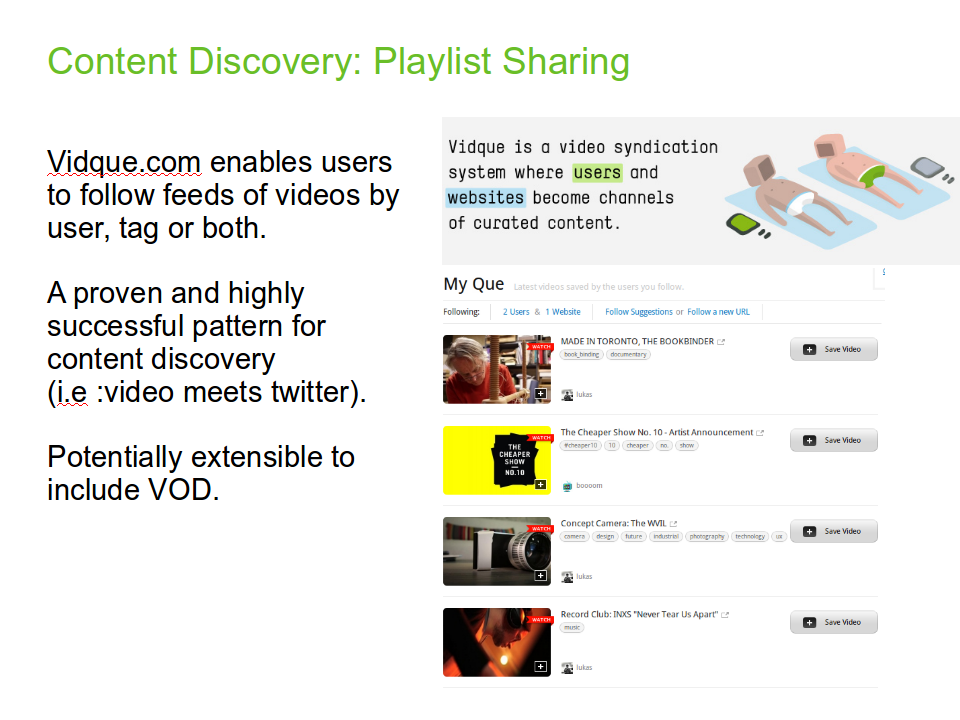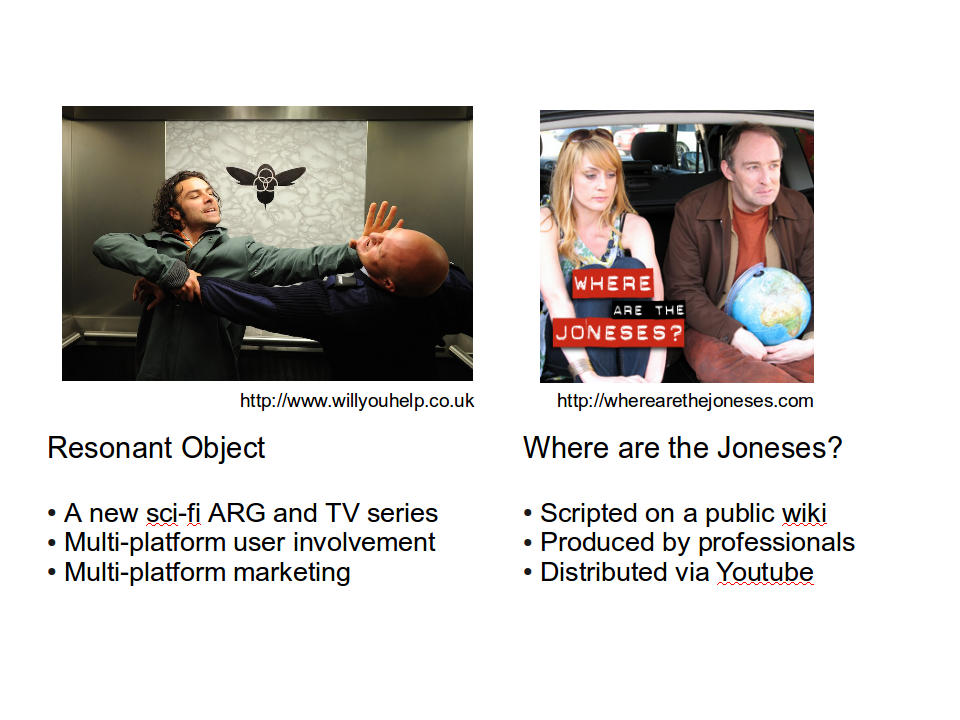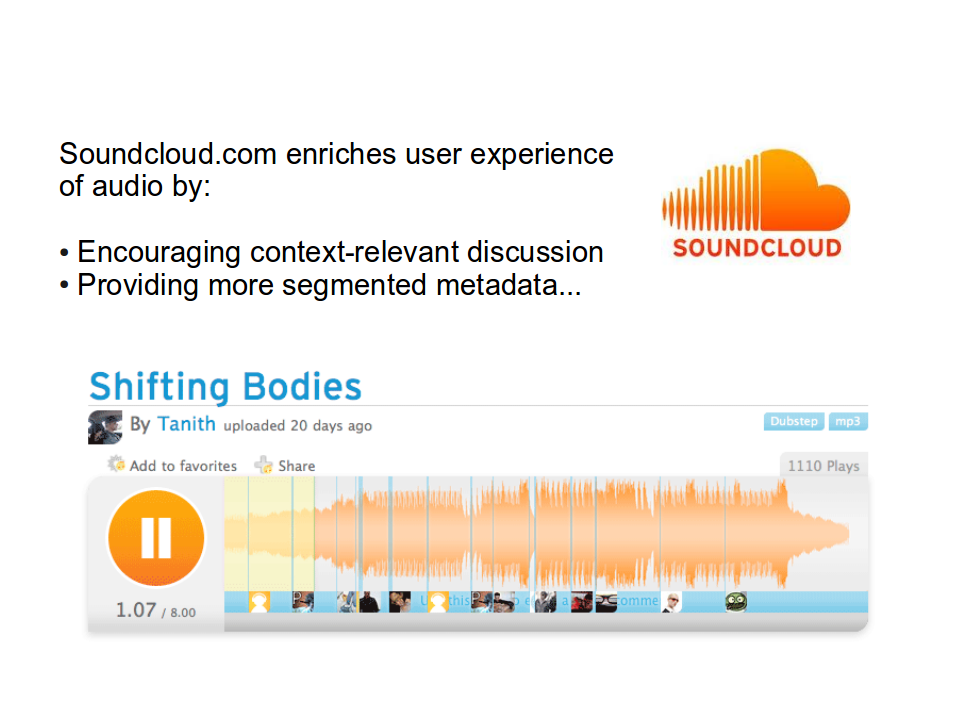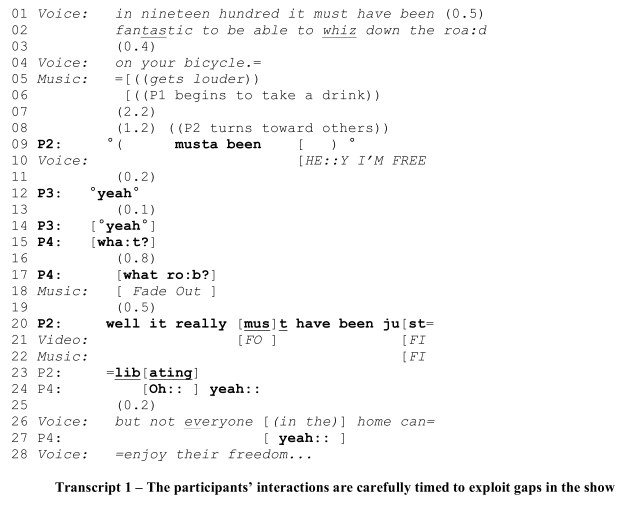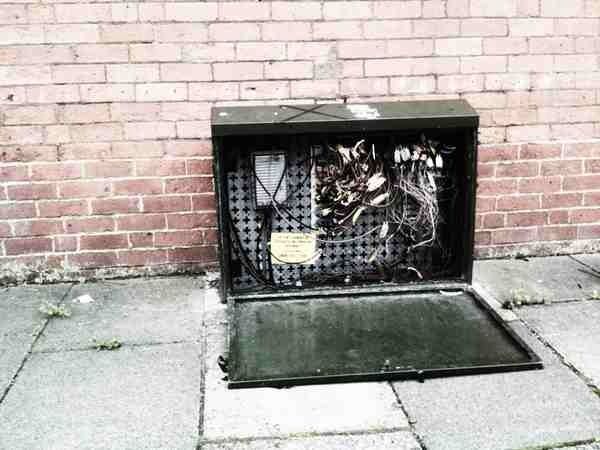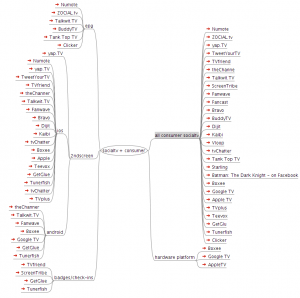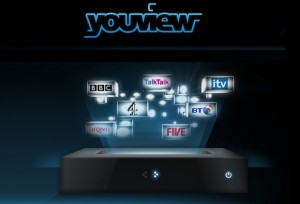How relevant are user profiles in SocialTV?
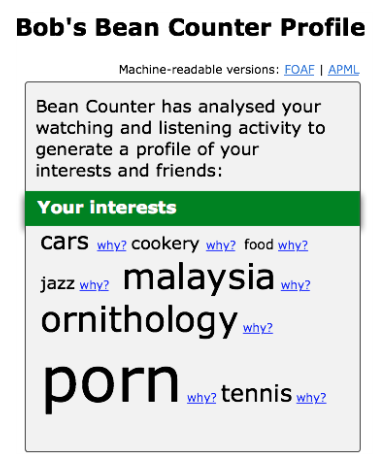
As Libby Miller’s presentation of the notube project’s ‘beancounter’ profiling engine points out, there are considerable privacy concerns with user profiling in SocialTV. To what extent will users be willing to share data on their personalised viewing in order to benefit from IPTV services?
Despite privacy concerns, much of the research into SocialTV focusses on
developing and using user profiles to provide more personalised TV services.
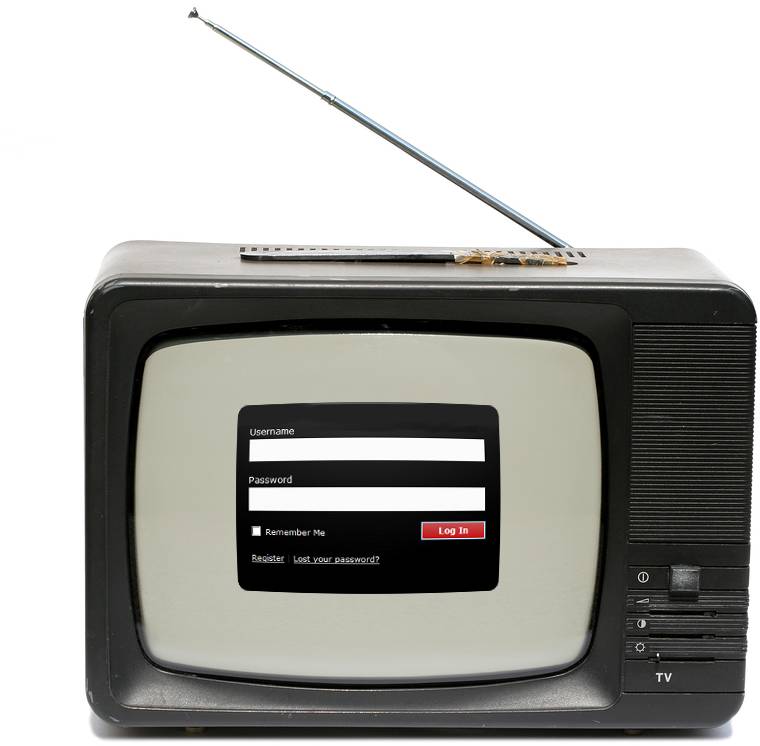
Many iTV systems and research projects, take their cue from (mostly)
single-user devices such as smartphones / tablets and computers, and focus
their innovative edge on providing services to users via ‘user profiles’.
However, because of social conventions of TV use (a shared room, a shared piece
of equipment, without a ‘login’ paradigm for use, it is a significant challenge
to find out which user in a household is watching TV, and provide appropriate
recommendations and other services (Yu, Zhou, Hao, Gu, 2006) {{1}}.
This presents practical and theoretical issues to providing single-user and
group-centric services via iTV, for which a variety of approaches are being
adopted, including household and group profile aggregation (Yu et. al, 2006),
(Shin & Woo, 2006){{2}} and context profiling (identifying who is likely to watch
at different times of day/days of week) (Vildjiounaite, Kyllanen, Hannula &
Alahuhta, 2008) {{3}}.
Recent research has developed more complex and multi-dimensional methods for
collecting very detailed logging data in order to identify groups and group
behaviour (for example, channel hopping) and characterising group dynamics (as
homogeneous, eg. group of friends or heterogeneous eg. a family) before
applying recommender systems. (Sotelo, Blanco-Fernandez, Lopez-Nores,
Gil-Solla, Pazos-arias, 2009) {{4}}.
But just as the social dynamic of a group may have a huge impact on the kinds
of recommendations and services that are appropriate in different contexts,
individuals may be just as complex and variable in their tastes depending on
the context and particularly on the interactions they are engaged in at the
time. Furthermore, by dint of their interactions (whether co-present or remote
via social networks or chat), viewers of iTV may be seen as a constantly
remotely connected group or series of groups – both heterogeneous and
homogeneous – that viewers drop into and out of depending on their
communications activity.
In this case, where the make-up of groups and individuals is constantly
shifting, the pre-selection of content by user-profiles may become an obstacle
to the fluidity and fluency of the ways people deploy and share iTV as a means
of interacting with each other.
The research aim of this project is to investigate how people deploy
the components of Social TV in order to interact. Therefore, rather
than looking at user’s choices and behaviours as a way of understanding and
profiling them, this project looks at how users interact with each other as a
way of understanding the media they deploy and the systems they use and adapt
to do so.
From this perspective, the user profile as a way of understanding the user becomes a secondary concern because the user does not ‘deploy’ their profile: it is built up around them, based on data gathered from their interactions with content, networks, services and other users, using predetermined a-priori heuristics.
If the question of interactive TV is about how users interact with each other, rather than how they interact with the TV, then the crucial elements to understand are the fluency and subtlety of the interfaces they have to each other, and how accessible and readily usable the components of iTV can be in their conversations. How readily can viewers find and manipulate media that they want to use to participate in an interaction? How specific can they be about a piece of media or a sub-section of a piece of media that they’re sharing or commenting on? How are their conversations brokered? And what can their interaction tell us about the media they’re using in order to express themselves and interact?
[[1]] Yu, Z., Zhou, X., Hao, Y., & Gu, J. (2006). TV Program Recommendation for Multiple Viewers Based on user Profile Merging. User Modeling and User-Adapted Interaction, 16(1), 63-82. doi: 10.1007/s11257-006-9005-6. [[1]] [[2]]Shin, C., & Woo, W. (2009). Socially aware tv program recommender for multiple viewers. IEEE Transactions on Consumer Electronics, 55(2), 927-932. doi: 10.1109/TCE.2009.5174476.[[2]] [[3]]Vildjiounaite, E., Kyllanen, V., Hannula, T., & Alahuhta, P. (2008). Unobtrusive Dynamic Modelling of TV Program Preferences in a Household, 82-91. [[3]] [[4]] Sotelo, R., Blanco-Fernandez, Y., Lopez-Nores, M., Gil-Solla, A., & Pazos-arias, J. (2009). TV program recommendation for groups based on muldimensional TV-anytime classifications. IEEE Transactions on Consumer Electronics, 55(1), 248-256. doi: 10.1109/TCE.2009.4814442.[[4]]How relevant are user profiles in SocialTV? Read More »

